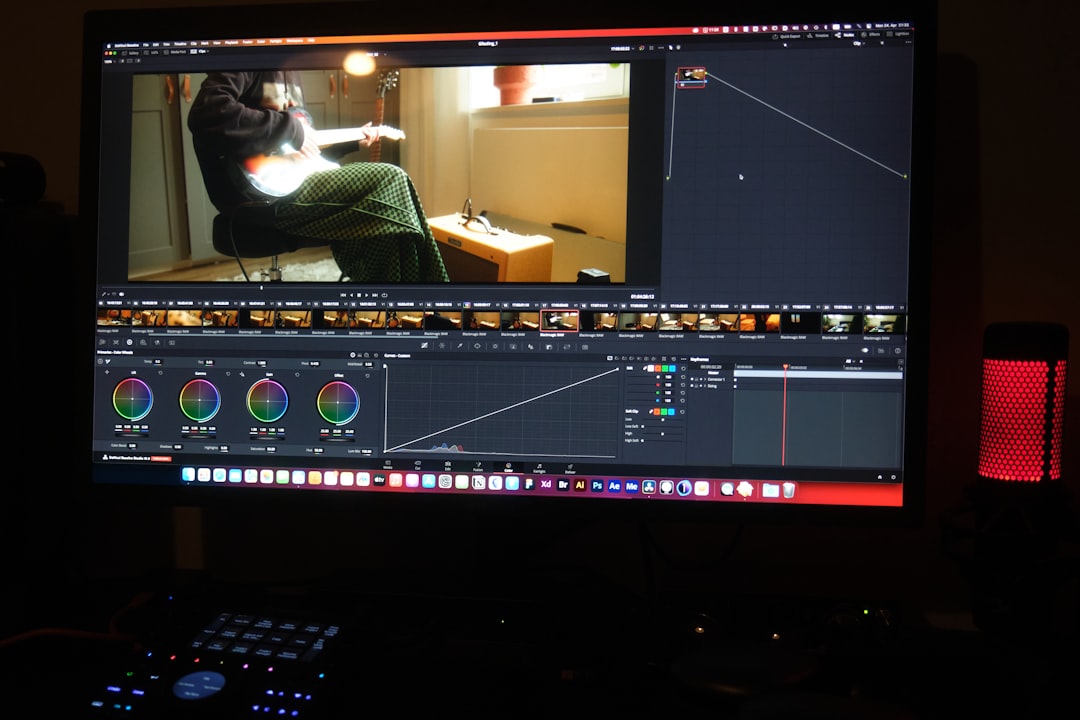“`html
With the rapid advancements in artificial intelligence, video processing has seen significant improvements. One of the challenges in video editing is adjusting the width of a video without distorting important elements. AI-powered tools have made this process far more efficient than traditional manual editing techniques.
Understanding Video Resizing
Resizing a video while maintaining its visual integrity is a complex task. When modifying the width of a video, there are several important factors to consider:
- Aspect Ratio: Changing the width without considering the height can lead to unwanted distortions.
- Key Elements in the Frame: Objects such as people, faces, and text should remain undistorted.
- Motion and Background: Adjusting width needs to preserve motion smoothness and background continuity.
Traditional video editing software uses fixed scaling methods that often result in stretched or compressed output. AI, however, introduces intelligent techniques that can dynamically alter video dimensions without compromising quality.
How AI Adjusts Video Width
AI employs deep learning models to analyze the contents of a video frame-by-frame. It identifies key features such as human figures, text, and focal points to ensure that resizing does not introduce unnatural distortions.
The most common AI techniques used for video width adjustment include:
- Content-Aware Resizing: Also known as seam carving, this method removes or adds pixels strategically to maintain a natural look.
- Neural Network-Based Scaling: AI-powered upscaling ensures that resolution and sharpness are preserved even when resizing.
- Object Retargeting: AI intelligently warps non-essential background elements while keeping important objects intact.
These techniques allow AI to adjust the width of a video dynamically while minimizing distortions.

Benefits of AI-Powered Video Resizing
Using AI for video width adjustment offers several advantages over conventional resizing methods:
- Time Efficiency: AI automates the process, reducing the need for manual frame-by-frame adjustments.
- Quality Preservation: Intelligent algorithms ensure that key details remain undistorted.
- Adaptive Resizing: AI can analyze and resize different sections of a video independently, maintaining overall aesthetics.
- Improved Compatibility: AI can optimize videos for various screen sizes and social media platforms.
These benefits make AI-based resizing an essential tool for video editors, content creators, and media professionals.
Challenges and Limitations
Despite its advantages, AI-based video width adjustment is not without challenges. Some of the difficulties include:
- Processing Power: AI algorithms require significant computational resources, which may not be accessible to all users.
- Training Data Dependency: The effectiveness of AI models depends on the quality and diversity of the training datasets.
- Artifacts and Errors: In some cases, AI resizing may introduce artifacts or distortions, particularly in complex scenes with overlapping objects.
Ongoing research and improvements in AI technology are continuously addressing these challenges to enhance accuracy and efficiency.

Future of AI in Video Editing
The future of AI in video editing looks promising. As machine learning models become more sophisticated, AI-driven video resizing will continue to improve. Future developments may include:
- Real-time AI Processing: Instantaneous video resizing during live streaming or broadcast scenarios.
- Enhanced Personalization: Custom AI models tailored for specific video styles and content types.
- Integration with AR and VR: AI-powered resizing adapted for immersive media.
With further advancements, AI-assisted video width adjustment will become an integral part of content creation workflows.
Final Thoughts
AI has proven to be a powerful tool for adjusting the width of videos while preserving important visual elements. By leveraging machine learning, deep neural networks, and content-aware resizing techniques, AI allows for seamless adaptations tailored to different screen formats and aspect ratios. While there are still challenges to overcome, ongoing research ensures that AI’s role in video editing will only expand in the coming years.
“`


